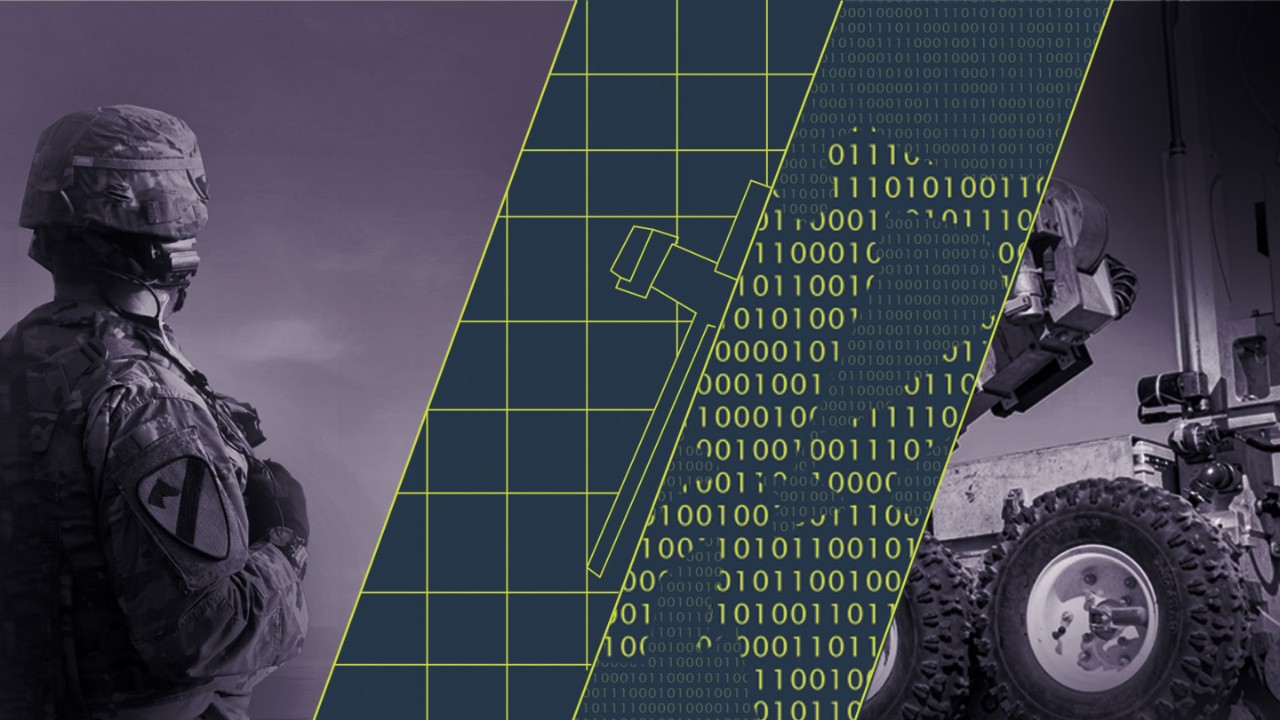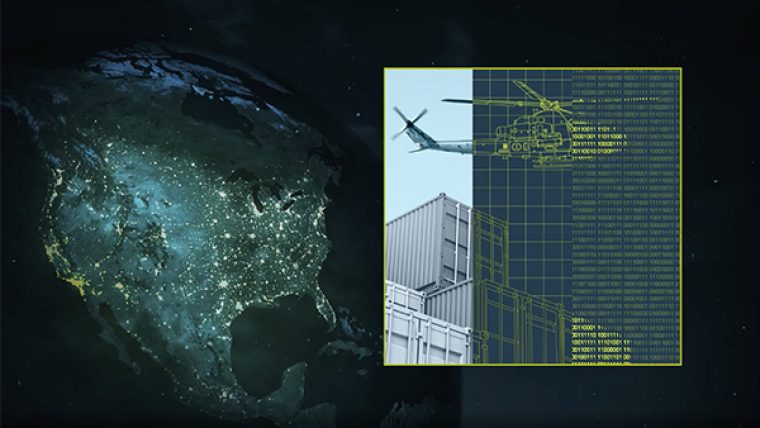As the Department of Defense (DOD) procures new cyber warfighting capabilities for an all-domain operating environment, the Joint Cyber Warfighting Architecture (JCWA) concept is adapting to achieve not just interoperability—the power to share data among all systems or core components of the joint architecture—but also true integration.
JCWA (as an architecture of systems) is designed to collect, fuse, and process data and intelligence to provide enhanced cyber capabilities ranging from situational awareness and battle management to training, exercises, mission rehearsals, joint fires, and common tools for warfighting missions.
This architecture’s warfighting tools and services are core to projecting combat power and mission readiness. Because of this, they require approaches in agile development that can be deployed more rapidly and with greater precision, with more advanced managed attribution techniques for operators, and approaches to information sharing that can more rapidly handle large volumes of unstructured data moving across domains and classifications.
Today, full-spectrum cyber operations must be integrated and synchronized across all domains. To prevail in future conflict, competition, and crises, the joint force must plan and execute full-spectrum cyber operations faster and more effectively than the enemy. Acquiring and employing the unique capabilities to achieve U.S. superiority in the cyber domain requires more than linking and maturing disparate legacy systems: The imperative is to create a hyper-integrated cyber weapons system that provides an enduring advantage over current and future threats.
Adversary cyber capabilities have evolved aggressively as the JCWA program grew from its original concept to initial deployment over the past five years. This dynamic has created a need to deploy solutions faster and with greater agility to outpace emerging threats. Solutions must be constructed and delivered to meet specific mission needs at the threat and domain level, and systems must be able to simultaneously refactor data, tools, and solutions as targets evolve.
The need for this agile and lethal weapons system is reflected in DOD’s strategic cyber goals: The joint force must achieve overmatch against the pacing challenge from China, the acute threat from Russia, and other persistent threats. All six JCWA components are crucial to attaining integrated deterrence, campaigning in and through cyberspace, and protecting global allies and partners. For instance, the Joint Common Access Platform (JCAP) component will enable warfighters to project combat power in cyberspace while managing detection and attribution on a larger scale and with greater efficiency than legacy capabilities allow. This platform will need to include a full suite of tools and the ability to respond to key operator challenges more rapidly. Similarly, JCWA’s cross-domain capabilities must evolve to handle the rapid movement of large volumes of structured and unstructured data across multiple operator environments and varying classifications of environments.




